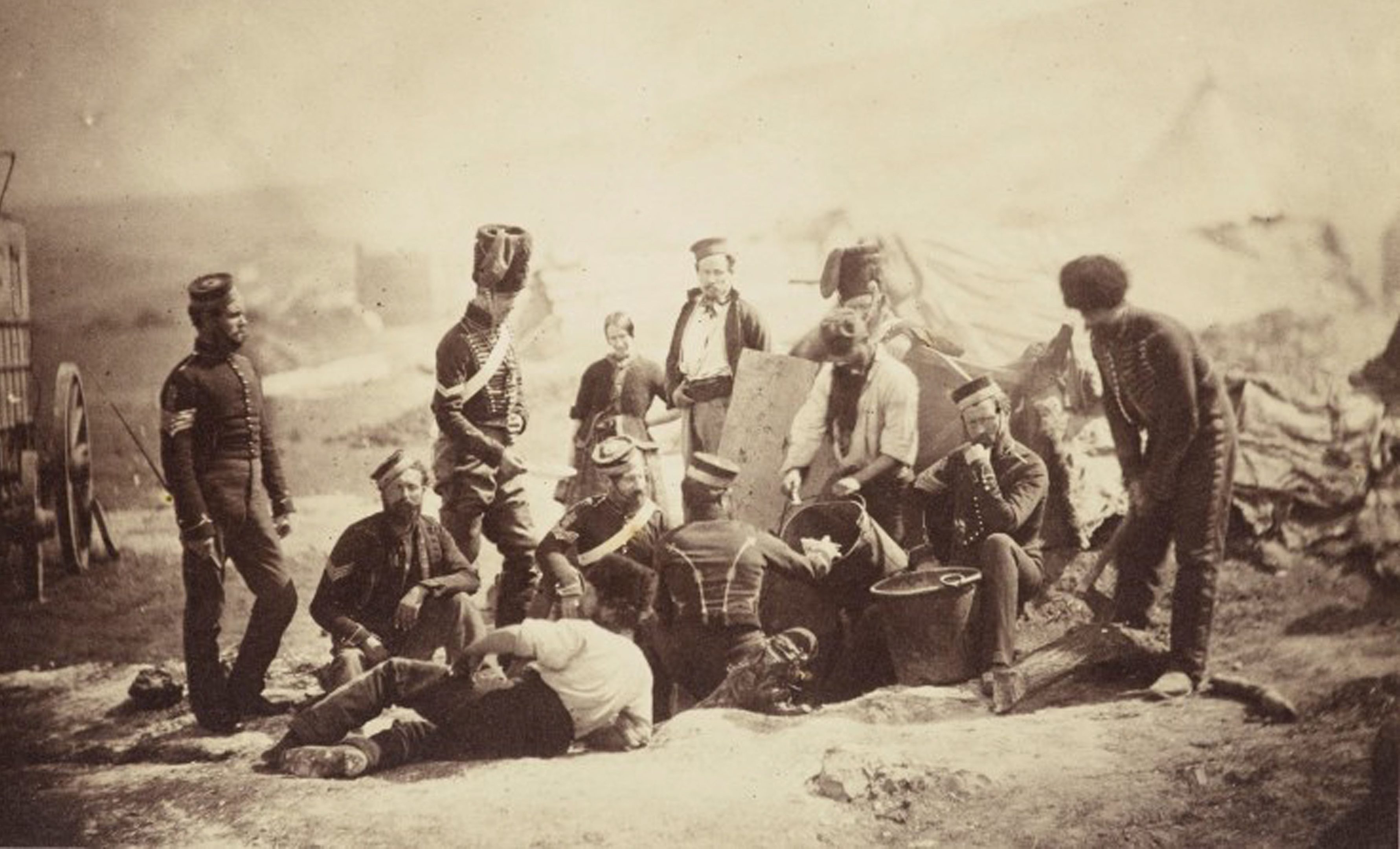
IMAGES which brought the reality of war into public view for the first time are to go on display in Scotland.
Roger Fenton set sail for the Crimea in 1855 with 36 chests full of cameras, glass plates and a darkroom converted from a wine merchant’s van among other items.
His trip would see him become the first to document conflict in such a substantial way, at a time when photography was still in its infancy.
An exhibition showcasing his work, Shadows Of War: Roger Fenton’s Photographs Of The Crimea, 1855, will open at the Queen’s Gallery in Edinburgh’s Palace of Holyroodhouse on Friday.
It also includes contributions to the guide by Prince Harry, photojournalist Sir Don McCullin and curator Sophie Gordon.
Harry says in the guide: “There has always been a fascination about people returning from war, what they’ve been through and what they’ve seen. The psychological impact of being on the battlefield is something that servicemen and women have had to deal with, but have often found it hard to talk about.
“As a result of photographers like Roger Fenton and those who have followed him, the public have gained a better appreciation of these experiences and, consequently, over the years, this fascination has turned to appreciation and respect.”
One of the leading photographers of the 19th century, Fenton was commissioned by art dealer and publisher Thomas Agnew & Sons to photograph the officers and other people of interest during the Crimean conflict.
Research for the exhibition has revealed that Fenton’s mission was mainly intended as source material for artist Thomas J Barker, who had been commissioned to produce an oil painting of senior officers.
Barker used more than 50 of Fenton’s images to create The Allied Generals with the officers of their respective staffs before Sebastopol.
Although not recorded by Fenton, Barker’s depiction of Florence Nightingale in the piece appears to be inspired by the photographer’s work.
There was a thriving market for prints of popular paintings in the 19th century. An engraving of Barker’s work was published in 1859 with a key to help the public identify the figures.
Reproduction of the painting in newspapers and exhibitions of Fenton’s photographs raised awareness of the conditions endured by soldiers at a time when the wounded began to arrive home.
The images are drawn entirely from the Royal Collection, being shown in Scotland for the first time since 1856.

Enjoy the convenience of having The Sunday Post delivered as a digital ePaper straight to your smartphone, tablet or computer.
Subscribe for only £5.49 a month and enjoy all the benefits of the printed paper as a digital replica.
Subscribe